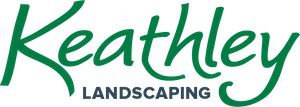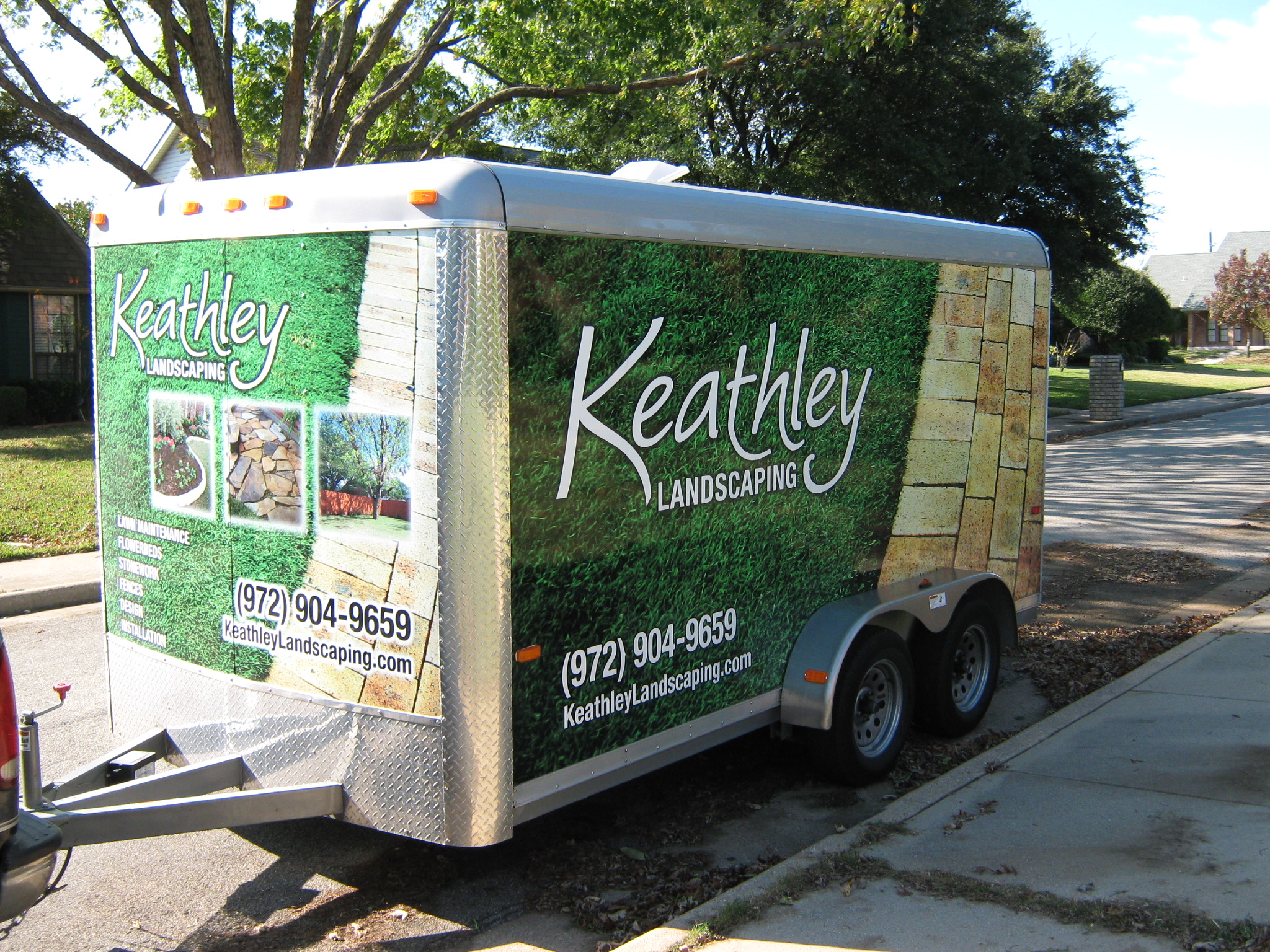Yard Drainage: The Key to a Healthy, Beautiful Landscape
When it comes to maintaining a lush and vibrant landscape, one often overlooked aspect is yard drainage. Proper drainage is essential not only for the health of your plants but also for the integrity of your property. In this comprehensive guide, we’ll explore why yard drainage is crucial, the common issues homeowners face, and effective solutions to ensure your landscape remains in top condition.
Why Yard Drainage Matters
Yard drainage plays a pivotal role in preventing water-related damage. Without adequate drainage, excessive water can accumulate, leading to a host of problems. Let’s delve deeper into why yard drainage should be a top priority for any homeowner.
Protecting Plant Health
Excess water can suffocate plant roots, leading to root rot and other diseases. According to the Gardening Know How, about 10% of plant diseases are caused by poor drainage. Ensuring proper drainage allows roots to breathe and absorb the necessary nutrients.
Preventing Soil Erosion
Soil erosion is a common issue in areas with inadequate drainage. Over time, erosion can lead to uneven ground surfaces and the loss of valuable topsoil, which is essential for plant growth. The Natural Resources Conservation Service estimates that soil erosion costs the U.S. about $44 billion annually.
Maintaining Structural Integrity
Water accumulation around your home’s foundation can lead to severe damage. Foundation repairs can be costly, with the average cost ranging from $2,000 to $6,000. By implementing effective drainage solutions, you can protect your property’s structural integrity and avoid expensive repairs.
Common Yard Drainage Issues
Many homeowners face similar drainage problems. Identifying these issues early can save you time and money in the long run. Here are some of the most common drainage problems and how to recognize them.
Poor Grading
Poor grading occurs when the land slopes toward your home rather than away from it. This can cause rainwater to pool near your foundation. Signs of poor grading include water stains on walls and windows, or puddles near the foundation after a rainstorm.
Clogged Gutters and Downspouts
Clogged gutters can overflow, leading to water pooling on the ground. Ensure that your gutters are clean and downspouts direct water away from the house. Regular maintenance can effectively prevent this issue.
Compacted Soil
Compacted soil can prevent water from absorbing properly, leading to surface runoff. Aerating your lawn can help alleviate soil compaction, improving water absorption.
Effective Yard Drainage Solutions
Addressing drainage issues requires a strategic approach. Here are some effective solutions to ensure your yard remains beautiful and healthy.
French Drains
French drains are a popular solution for redirecting water away from problem areas. They consist of a trench filled with gravel and a perforated pipe that guides water away from your yard. This method is particularly effective for large areas with poor drainage.
Dry Wells
A dry well is an underground structure that collects and disperses water. It allows excess water to percolate into the soil slowly. Installing a dry well can be an excellent solution for areas with heavy rainfall.
Rain Gardens
Rain gardens are an eco-friendly way to manage water runoff. By planting water-tolerant plants in a depression in your yard, you can naturally absorb excess water. Rain gardens not only improve drainage but also enhance the beauty of your landscape.
Maintaining Your Yard Drainage System
Once you’ve implemented a drainage solution, regular maintenance is crucial to ensure its effectiveness. Here’s how you can keep your drainage system in optimal condition.
Regular Inspections
Conduct regular inspections of your drainage system, especially after heavy rains. Look for signs of erosion, pooling, or clogged drains. Early detection of issues can prevent further damage.
Gutter Cleaning
Clean your gutters at least twice a year to prevent clogs. Consider installing gutter guards to reduce debris buildup and minimize maintenance efforts.
Soil Aeration
Aerate your lawn annually to prevent soil compaction. This process involves perforating the soil to improve air and water circulation, promoting healthier plant growth.
Conclusion
Investing in proper yard drainage is crucial for maintaining a healthy, beautiful landscape. From protecting plant health to ensuring structural integrity, effective drainage solutions offer numerous benefits. By addressing common issues and implementing strategic solutions, you can transform your yard into a thriving oasis. Regular maintenance will further ensure that your drainage system continues to function efficiently, safeguarding your property for years to come. Remember, a well-drained yard is not just an investment in your landscape, but an investment in your home’s future.





































Recent Comments